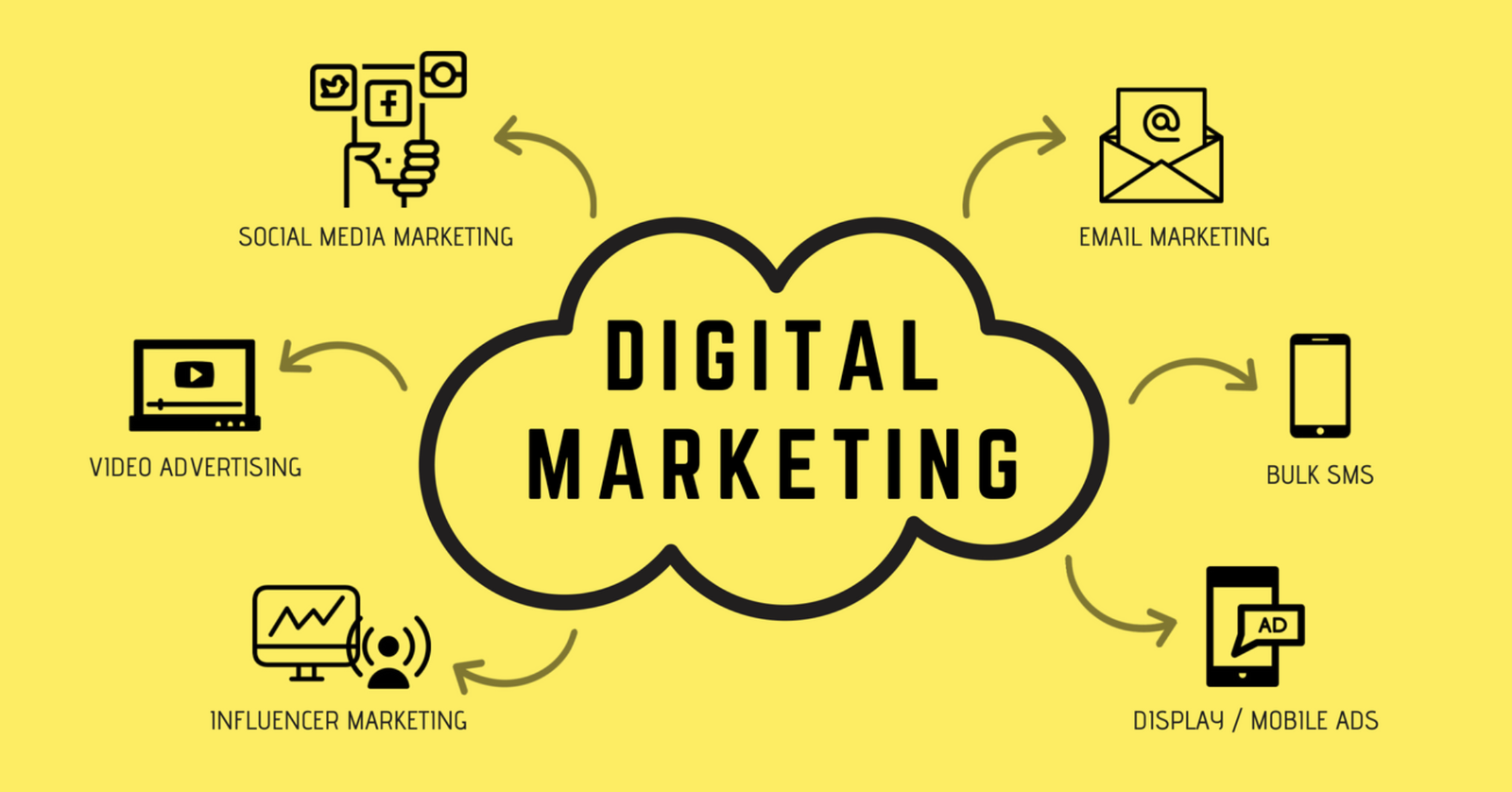Steps On How To Start a Business Without a Yhysical Shop

Starting a business without a physical shop is more feasible than ever, thanks to the internet and digital platforms. Below is a detailed guide on how to start a business with no physical shop, covering every essential step.
Step 1: Identify Your Business Idea
Before anything else, you need a viable business idea that can operate without a physical storefront. Here are some common types of businesses you can start:
- E-commerce Store – Selling products through an online marketplace (Amazon, eBay, Etsy) or your own website.
- Dropshipping – Selling products without holding inventory; suppliers handle shipping.
- Print-on-Demand – Selling custom designs on T-shirts, mugs, or phone cases through services like Printful or Teespring.
- Freelancing Services – Offering skills such as writing, graphic design, programming, or consulting.
- Affiliate Marketing – Promoting other companies' products and earning a commission per sale.
- Digital Products – Selling e-books, courses, templates, or software.
- Subscription Box Service – Curating and shipping niche products to customers regularly.
Step 2: Conduct Market Research
Understanding the market is crucial. Research your target audience, competitors, and industry trends.
- Define Your Audience: Identify the age, interests, and buying behavior of your ideal customers.
- Analyze Competitors: Check what similar businesses are doing. Identify gaps you can fill.
- Validate Demand: Use Google Trends, forums, social media groups, and surveys to check if people are interested in your product/service.
Step 3: Choose a Business Model
Your business model determines how you generate revenue. Common online business models include:
- Product-Based Model – Selling physical or digital goods.
- Service-Based Model – Providing expertise (freelancing, coaching, consulting).
- Subscription Model – Charging a recurring fee (monthly, yearly).
- Affiliate Model – Earning commission by promoting third-party products.
Step 4: Set Up an Online Presence
Since you won’t have a physical store, your online presence is your storefront.
1. Register a Domain Name & Hosting (For Websites)
- Choose a domain name that matches your brand (use sites like Namecheap, GoDaddy).
- Get web hosting from Bluehost, SiteGround, or Hostinger.
2. Build a Website
You can use platforms like:
- WordPress (More customization, ideal for blogs and stores).
- Shopify (Best for e-commerce businesses).
- Wix/Squarespace (Beginner-friendly website builders).
3. Set Up Social Media Accounts
- Facebook, Instagram, TikTok for brand awareness.
- LinkedIn if you're targeting professionals.
- Twitter (X) for industry engagement.
Step 5: Source Your Products or Services
Depending on your business type, you need a way to deliver value to customers.
- E-commerce: Source products from wholesalers, manufacturers, or dropshipping suppliers.
- Freelancing: Set up a portfolio to showcase your skills.
- Digital Products: Create high-quality, downloadable content.
- Subscription Business: Find reliable suppliers or create exclusive content for members.
Step 6: Set Up Payment Systems
You need a way to collect payments securely. Popular options include:
- PayPal (Easy integration, widely used).
- Stripe (Best for credit card payments).
- Square (Good for service-based businesses).
- Cryptocurrency payments (Optional, for global transactions).
If using an e-commerce platform like Shopify or WooCommerce, they have built-in payment gateways.
Step 7: Market Your Business Online
Since you don’t have a physical location, digital marketing is key.
1. Social Media Marketing
- Post engaging content, product showcases, and customer testimonials.
- Run ads on Facebook, Instagram, TikTok, or Google Ads.
- Collaborate with influencers to boost visibility.
2. Search Engine Optimization (SEO)
- Optimize your website for keywords to rank higher on Google.
- Write blog posts related to your niche.
- Use backlinks and local SEO strategies to improve online presence.
3. Email Marketing
- Build an email list with lead magnets (free e-books, discounts).
- Send newsletters and promotions to potential customers.
4. Content Marketing
- Start a blog, YouTube channel, or podcast to attract an audience.
- Provide valuable content that positions you as an authority.
Step 8: Handle Logistics & Customer Support
Even without a physical store, you need an efficient way to deliver products/services.
- Dropshipping businesses – Partner with a reliable supplier to handle shipping.
- Self-fulfillment – If selling physical products, use services like USPS, FedEx, or UPS.
- Freelancing/Digital Products – Use cloud storage (Google Drive, Dropbox) to share files securely.
- Customer Support – Set up chatbots, email support, or live chat to assist customers.
Step 9: Scale Your Business
Once you start making sales, consider scaling up.
- Automate Processes – Use tools like Zapier to streamline tasks.
- Expand Marketing – Increase ad spend, explore new platforms.
- Launch New Products/Services – Diversify your offerings.
- Hire Virtual Assistants – Outsource repetitive tasks.
Step 10: Register Your Business (If Necessary)
Depending on your location, you may need to register your business.
- Sole Proprietorship – Simple, but personal assets are at risk.
- LLC (Limited Liability Company) – Protects personal assets, more credibility.
- Corporation – Suitable for large-scale businesses.
Also, check tax obligations and get an EIN (Employer Identification Number) if needed.
Starting a business without a physical store is more accessible than ever. With a strong online presence, the right business model, and effective digital marketing, you can reach a global audience and build a profitable venture.
Would you like recommendations on specific business types based on your skills or interests?






